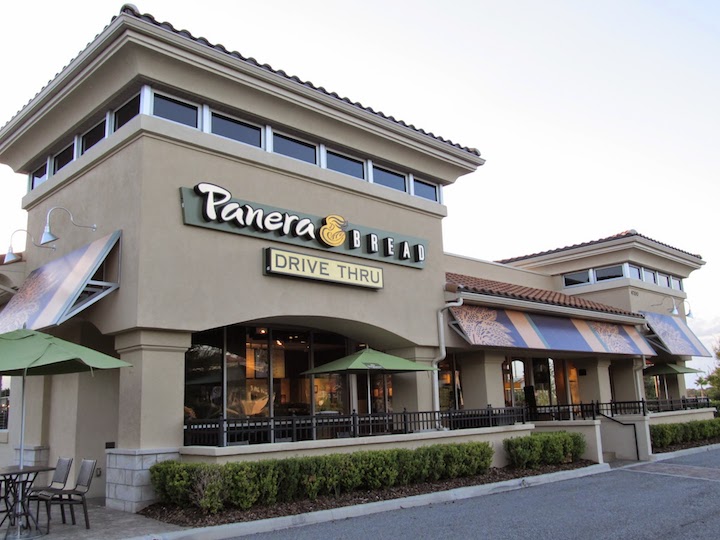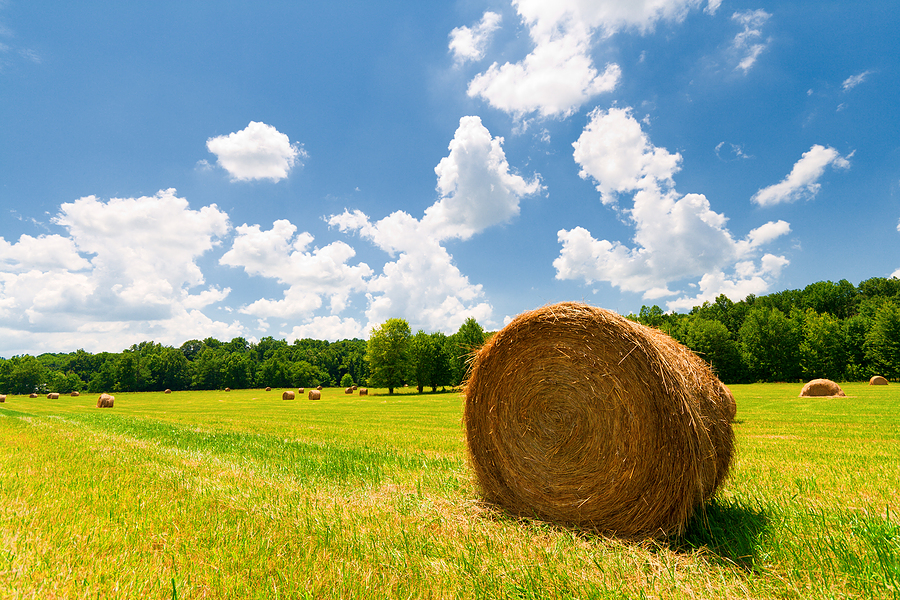
While food waste often is viewed as a social and environmental problem, it’s also an economic one. Each year, uneaten food costs the world up to $400 billion annually. More than half of this comes from the United States — which spends more than $218 billion growing, processing, transporting and disposing food that’s never eaten. That’s a full 1.3 percent of total GDP.
Given the high economic stakes, it makes sense that food companies around the world are looking for innovative ways to cut down on food waste. There is $1.9 billion of annual business profit potential from the revenue and cost savings of implementing various recycling and food waste prevention strategies, research shows.
Many forward-thinking food firms already are acting on this by investing in food waste solutions. Here are some notable ones:
1. Panera Bread
As many cafes do, Panera Bread serves fresh baked goods to its customers each day, and all unsold items must be discarded at closing time. However, rather than throw away edible bagels, breads and desserts into the trash, the company sends these items to local nonprofits. That could be any tax-exempt rescue mission, food pantry, food bank, soup kitchen, meals delivery program, senior center, nursing home, school or church. Through the company’s Day-End Dough-Nation program, Panera bakery-cafes donate approximately $100 million worth of unsold bread and baked goods every year.
2. Sainsbury’s
While donating unsold or surplus food to charities is great for addressing hunger while cutting down on the amount of organic waste sent to landfills, spoiled or damaged food can’t always be donated. That’s why Sainsbury’s — the second largest grocery store chain in the United Kingdom — collects inedible food waste from 1,200 locations and turns into energy to power its stores. The company’s store in Cannock, England is powered directly by tossed food waste — with more waste-powered stores expected in the future.
3. Darden Restaurants
Darden Restaurants, which is best known for brands like Olive Garden, LongHorn Steakhouse and Bahama Breeze, began its Darden Harvest food rescue program more than 10 years ago. Through the program, restaurant employees box up food that has passed internal sell-by dates but still is fit for consumption and sends it to local hunger relief organizations. With full participation from all Darden restaurants, the program has donated more than 77 million pounds of surplus food — totaling more than 100 million meals — to hungry families since it began.
4. Kroger
Kroger, like most grocery chains, produces an enormous amount of food waste — around 150 tons daily. However, rather than pay disposal fees while stuffing local landfills, Kroger’s food divisions, Ralphs and Food 4 Less, decided to pursue a more innovative solution. The grocers installed an anaerobic digestion system at their distribution center in Compton, California. This takes in the food and puts out biogas, providing power for the campus where the center is located.
At Nourished Planet, we of course are bigger fans of aerobic digestion. While anaerobic digestion is a series of biological processes in which microorganisms break down biodegradable material in the absence of oxygen, aerobic digestion is a biological process in which oxygen-loving microorganisms are used to consume organic matter and convert it into stable solids, carbon dioxide and more organisms. Unlike anaerobic, aerobic digestion does not produce the worst of the greenhouse gases and only a fractional amount of carbon dioxide in comparison. The aerobic process also results in a more complete digestion of waste.

